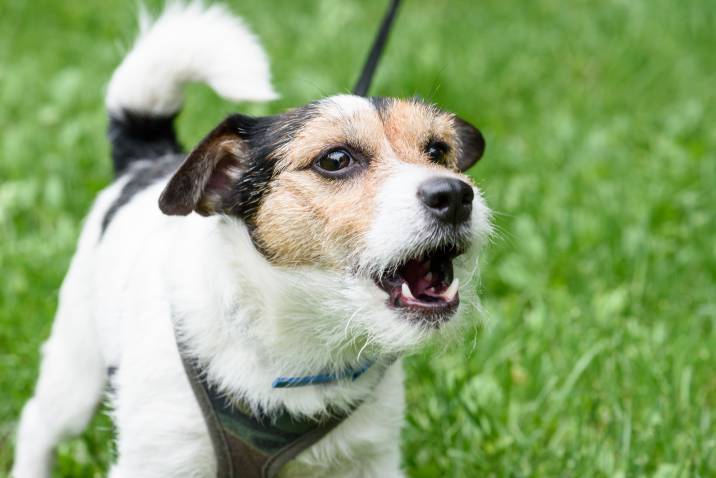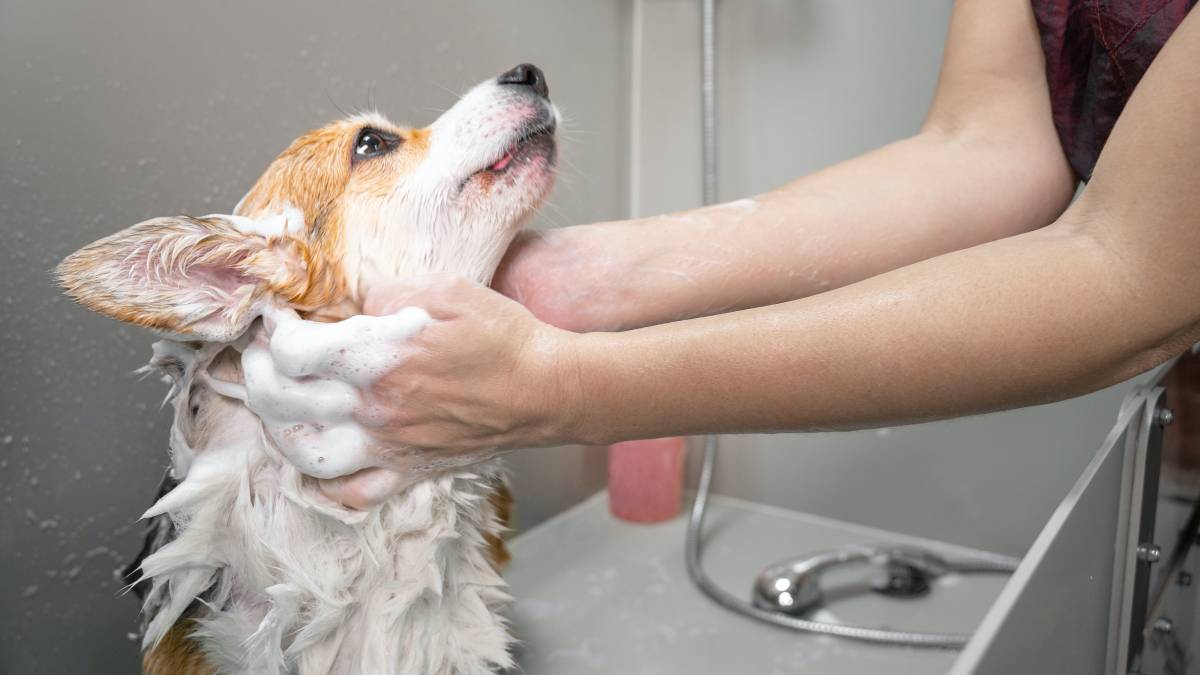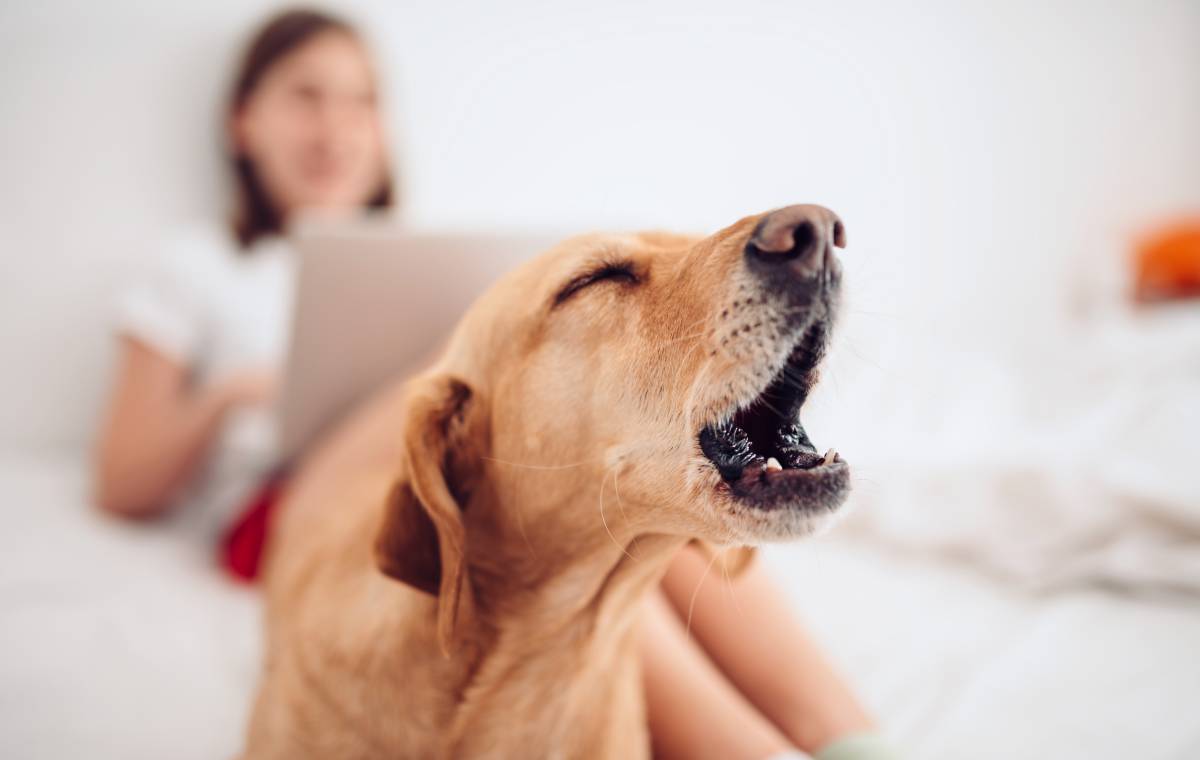- Home/
- Guides/
- Dog Training/
- How to Train a Dog

Dog training 101: How to train your dog
This comprehensive guide will provide everything you need to know about training your dog. Dog training techniques and tips you need
Hire a dog trainerLast Updated on
Planning to get a new dog? Or maybe you just brought your new fur baby home. Owning and caring for your dog can be fun and exciting, but remember that it also comes with a lot of responsibility. Most pet owners would agree that the training process can be challenging and frustrating.
This guide will teach you everything you need to know about training your dog. For all the dog training techniques and tips you need, read on!
How long does it take to train a dog?
Training a dog can take a few weeks up to a few months. As a pet owner, you want to be focused, attentive, and firm during the training process. It would be helpful to have a training schedule planned out, so you can stay committed and track your pup’s progress. Make sure you’re also prepared with lots of treats, especially if your dog is motivated by food!
How to train your dog – 9 dog training methods
Many training methods can strengthen your bond with your dog. Moreover, training your dog is essential in building their confidence and ensuring their well-being. Here’s an overview of dog training techniques and some tips to go about each process.
1. Potty training |
First things first, it’s essential to learn how to potty train your dog. Puppies love having a routine. A routine will teach your dog that there’s a time to eat, play, and go to the bathroom. |
2. Crate training |
Crate training your dog is helpful in house training or when visiting the vet. If you’ve always wanted to learn how to crate train your dog, you can check out our complete crate training guide. |
3. Leash training |
Introduce your dog to the leash during a positive experience. Going to the park or simply walking in your yard are good opportunities to leash train your dog. Make sure not to yank, drag, or scold your dog during leash training. You can refer to our dog leash training guide for more tips and techniques. |
4. Clicker training |
Clicker training involves pressing a clicker to reinforce a dog’s positive behavior. Dogs thrive on repetition, and clicker training helps them associate a specific sound with rewards. Follow along this clicker training guide to quickly teach your dog commands and tricks. |
5. Reactive dog training |
Reactive dogs tend to overreact to other dogs, strangers, or certain situations. Some behaviors of reactive dogs include barking, lunging, and pulling on a leash. Training a reactive dog requires identifying the cause of the problem – be it genetics, fear, or a lack of training. By knowing your dog’s triggers, you can take appropriate steps like putting them on a leash or distancing them from other dogs at the park. Obedience training classes may also be helpful for a reactive dog. |
6. Positive reinforcement dog training
|
Praising or giving your dog treats or toys can help them associate training with rewards! For example, if you want to teach your dog how to sit, you can say the command “Sit” while waving the treat over their head. This will encourage your dog to put its bottom down. Once your dog sits down, give them their treat immediately. Be consistent and keep practicing! |
7. Bell training for dogs |
Learning how to bell train a dog can be beneficial, especially when you’re potty training your dog. Dog training 101 suggests having a bell near your door. Every time you take your puppy outside, ring the bell. You can also encourage your dog to put their paw on the bell right before you take them outside. Eventually, they’ll learn to communicate with you by ringing the bell on their own. |
8. Balanced dog training
|
Balanced dog training involves both reward-based techniques and adverse consequences. Adverse consequences would include withholding your dog’s treat if they fail to complete a task. Another example is adding pressure to the dog’s leash every time they lunge at another dog. Balanced dog training teaches your dog that both good and bad results can come out of their actions. However, some pet owners are against this training method. An expert dog trainer can recommend the right approach for your dog’s breed and personality. |
9. Mat training
|
Dog mat training teaches dogs control and helps them calm down when anxious or overly excited.
Remember never to send your dog to the mat as punishment! |
Basic tricks to teach your dog
You can easily teach your dog basic tricks to improve their behavior, support a positive relationship between the two of you, and keep them motivated and stimulated.

Below are a few basic tricks to teach your dog.
Shake hands - Grab a treat and hold out your fist, with your palm facing up. Open your hand when your dog paws at your fist to get the treat. Make sure to praise your dog and keep doing these steps.
Come - At home, call your dog’s name and reward them with a treat when they come. Keep repeating this until they come to you on command each time. You can try it outdoors too!
Sit - Show your dog their favorite treat and wave it above their head as you say “sit.” When they finally put their butt on the floor, immediately reward them with a treat. Keep repeating this process until they perform the trick without a treat.
Stay - To teach your dog how to stay, first teach them to sit or lie down. After your dog performs these actions successfully, back away from them while holding your hand out in a “stop” position. Keep saying the word “stay.” If your dog is able to stay in place for a few seconds, reward them. Keep repeating these steps until they can stay longer in the same position.
Lay down - To train a dog to lay down, verbally cue the command while bringing the treat down to the floor. This will encourage them to put their belly and chest on the ground. Give your dog the treat, then repeat.
Roll over - Once your dog lies down, encourage them to lie down flat on their belly. Wave the treat over their head while saying, “Roll over.” This will prompt your dog to roll over onto their opposite side.
Fetch - Throw an item or a toy a foot away from your dog. Encourage your dog to get it, and if they do, reward them with a treat. Keep repeating this until they’re able to fetch from longer and farther distances.
Heel - To teach your dog how to heel, hold a treat in front of their nose as they walk. Verbally say “heel” as they step forward. As your dog completes a few steps, reward them with a treat and praise.
Stop biting - When playing or interacting with your dog, let them mouth on your arm or hands. If they bite you, yell or wince in pain and make your hand or arm fall limp. This will encourage your dog to stop biting you.
Stop barking - The best way to teach your dog to stop barking is to ignore them. Whenever your dog barks, turn your back away from them. When they stop barking, reward them with a treat or praise.
Don't jump - To train your dog not to jump, turn away from them and ignore them every time they jump on you. Then, command them to sit or lay down.
| Also read: Your Ultimate Guide to Dog Care – Everything you need to know about caring for a dog, from grooming to training |
Getting your dog fully trained
Congratulations on training your new fur baby! This guide should help you and your pet adjust to your new life together. While you’ll definitely enjoy the journey, remember it’s not without its challenges. Thankfully, you can hire professionals to support you in your experience as a dog owner.
A dog trainer can help teach your dog basic to complex commands, from obedience dog training to tricks. Dog trainers and dog walkers can also help socialize your dogs with other dogs. Dog care experts are here to help you improve the quality of your dog’s life and help them achieve their best self too.
FAQs on how to train a dog
Many dog trainers would advise positive reinforcement dog training over punishing your dog. Shock collars have the potential to harm your dog. When training your dog, it’s best to do so humanely and give them positive experiences.
Training a rescue dog can be quite difficult, especially if the dog holds a lot of trauma. You will need a lot of patience when training a rescue dog, and they may take several weeks up to a few months to be responsive to your training efforts. However, if you treat your rescue dog with love and care, they should be able to learn as well as any other dog would!
Deaf dog training requires a different method. Some dog trainers or owners would opt to use dog training hand signals or a flashlight to give commands. You can still train a deaf dog by giving them treats too. Praise should be given by holding or cuddling your dog.
Find dog trainers, fast
Find a dog trainer
Related articles

Dog training 101: How to train your dog
Read more

How to become a dog groomer
Read more

Tips for training an older dog
Read more

Your ultimate guide to dog care
Read more

Reactive dog training tips
Read more

3 Effective ways to house train a dog
Read more

How often should you wash your dog?
Read more

How to bathe your dog like a groomer
Read more

How to groom a dog step by step
Read more

4 Tips for crate training a rescue dog
Read more

How to groom a long-haired dog
Read more
Related price guides

How much do dog walkers charge?
Read more

How much does dog training cost?
Read more

How much does doggy day care cost?
Read more

What are average dog sitting prices?
Read more

How much does dog grooming cost?
Read more















